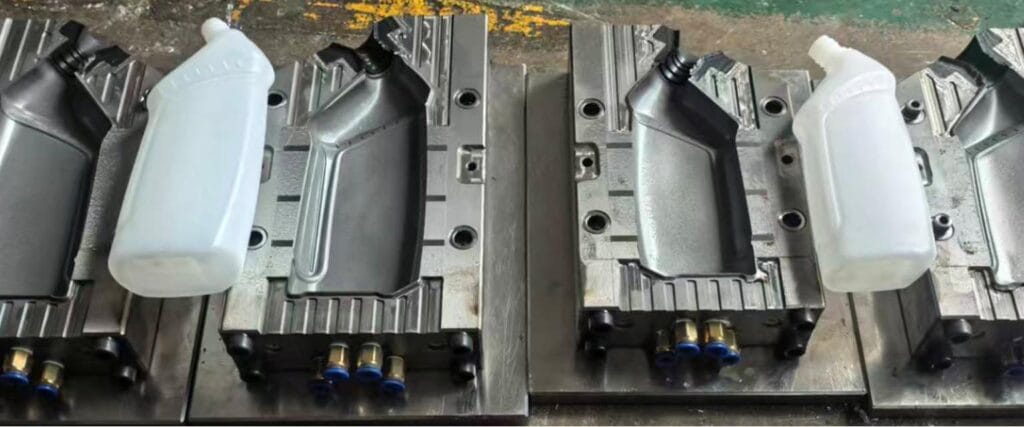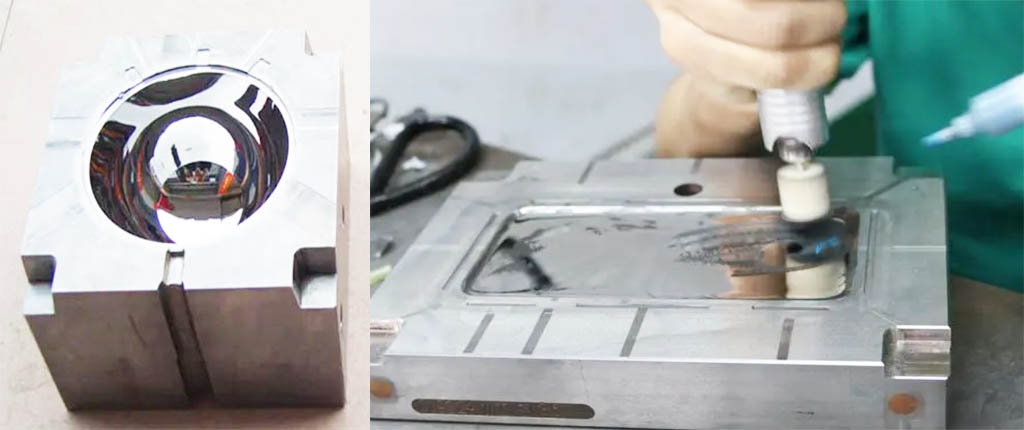Plastic bottle blow molding molds shipped to Kenya
In the world of plastic manufacturing, bottle blow molds play a crucial role in producing the countless plastic bottles and containers we use daily. From water bottles to shampoo containers, blow molding is a versatile and efficient process that has revolutionized the packaging industry. This article will delve into the manufacturing process of bottle blow molds, the techniques involved, and the current market trends.
Table of Contents
ToggleWhile many people are enjoying the relaxing first day back at work after the National Day holiday, we’re having a busy start. Today, a batch of our plastic bottle blow molds will be shipped to Kenya. This represents not only a significant expansion of our business but also a microcosm of China’s manufacturing industry entering the international market. On this special day, let’s delve deeper into the world of plastic bottle blow molds and their crucial role in modern manufacturing.
What is Blow Molding?
Blow molding is a manufacturing process used to create hollow plastic parts, most commonly plastic bottles. The process involves forming a plastic parison (a tube-like piece of plastic) and then inflating it into a closed mold. The plastic stretches to conform to the shape of the mold, creating a hollow part. This method is highly efficient and cost-effective, making it ideal for mass production.
The Importance of Bottle Blow Molds
Blow molding is a manufacturing process that creates hollow plastic parts by inflating heated plastic material into a mold cavity. This technique is widely used for producing lightweight, thin-walled containers such as plastic bottles, jars, and other packaging materials. The process is highly efficient, with short cycle times and low unit costs, making it ideal for high-volume production.
The Manufacturing Process of Bottle Blow Molds
Design and Development
The first step in manufacturing bottle blow molds is the design phase. Engineers use computer-aided design (CAD) software to create detailed models of the mold. These designs take into account the desired shape, size, and functionality of the final product. The design must also consider factors such as material flow, cooling, and ejection mechanisms.
Material Selection
The choice of material for the mold is critical. Common materials include steel and aluminum, chosen for their durability, thermal conductivity, and ability to withstand repeated use. For the plastic bottles themselves, materials like polyethylene terephthalate (PET) are widely used due to their strength, clarity, and recyclability.
Mold Making
Once the design is finalized, the mold is created using precision machining techniques. This involves:
- CNC Machining: Computer numerical control (CNC) machines are used to carve the mold from a block of metal. This process requires high precision to ensure the mold’s accuracy and longevity.
- Electrical Discharge Machining (EDM): For more complex shapes and fine details, EDM is used. This process involves using electrical discharges to erode the metal to the desired shape
Assembly and Testing
- After the mold is machined, it is assembled and tested. This involves:
Fitting and Alignment: Ensuring all parts of the mold fit together perfectly to avoid any gaps or misalignments. - Trial Runs: Conducting trial runs to check for any defects or issues in the molding process. This step is crucial to ensure the final product meets quality standards
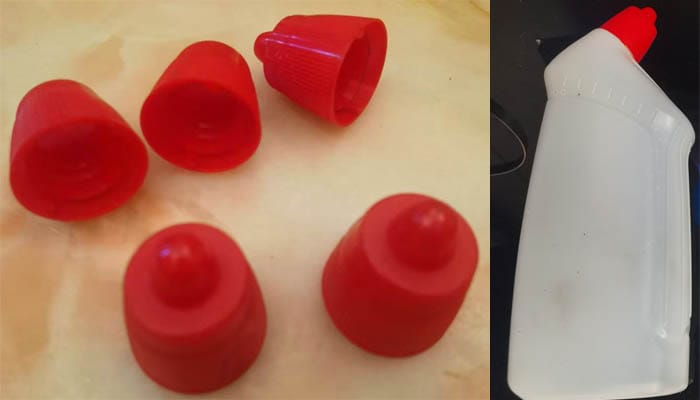
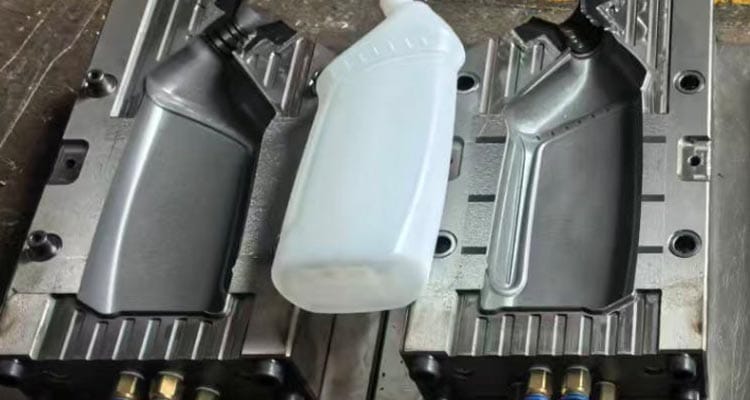
Types of Blow Molding Techniques
There are three main types of blow molding techniques used in the manufacturing of plastic bottles:
Extrusion Blow Molding (EBM)
This is the most common type of blow molding. It involves:
- Parison Extrusion: A parison, a hollow tube of molten plastic, is extruded through a die.
- Blowing: The parison is placed into a mold, and air is blown into it, causing it to expand and take the shape of the mold.
- Cooling and Ejection: The plastic cools and solidifies, and the finished part is ejected from the mold
Injection Blow Molding (IBM)
This technique involves:
- Injection: The plastic is injection molded into a preform.
- Blowing: The preform is heated and blown into the final shape.
- Ejection: The finished product is ejected from the mold
Advantages of Blow Molding
Blow molding offers several advantages in bottle production. It allows for the creation of lightweight yet strong bottles, which is crucial for reducing transportation costs and environmental impact. The process is also highly efficient, with the ability to produce large quantities of bottles in a short amount of time. Additionally, blow molding enables the production of bottles with complex shapes and designs, providing brands with the flexibility to create unique packaging that stands out on the shelves.
Injection Stretch Blow Molding (ISBM)
This method is widely used for PET bottles and involves:
- Injection: The plastic is injection molded into a preform.
- Stretching: The preform is heated and stretched using a stretch rod.
- Blowing: High-pressure air is blown into the preform, expanding it into the final shape.
- Ejection: The finished product is ejected from the mold
Market Trends and Innovations
3D Printing in Mold Making
One of the most significant innovations in mold making is the use of 3D printing. Companies like Unilever and Serioplast have adopted 3D printing to create molds for blow molding. This technology allows for rapid prototyping and testing, significantly reducing lead times and costs. For example, using 3D printed molds, Unilever can produce real bottle samples 70% faster and 90% cheaper than traditional methods.
Sustainability and Eco-Friendly Practices
With increasing environmental concerns, the blow molding industry is moving towards more sustainable practices. This includes using recycled materials and developing biodegradable plastics. Additionally, advancements in energy-efficient machinery and processes are helping to reduce the carbon footprint of manufacturing.
Advanced Process Control
Modern blow molding machines are equipped with advanced process control systems. These systems use artificial intelligence (AI) and real-time monitoring to optimize the molding process, ensuring consistent wall thickness and high-quality products.
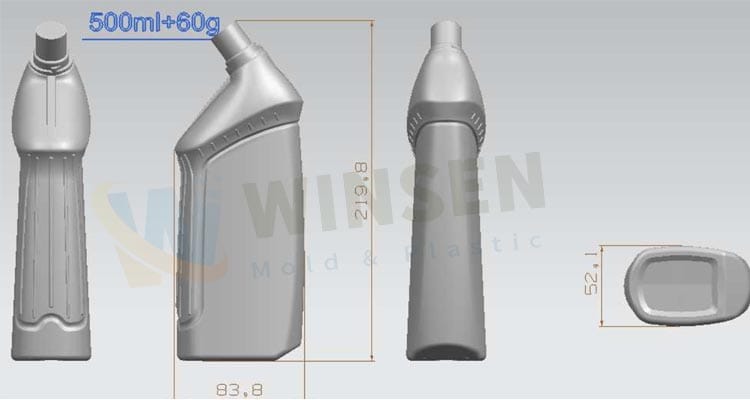
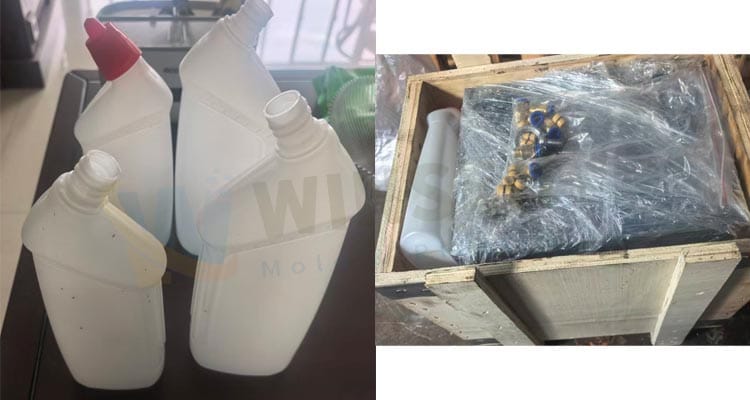
Conclusion
The manufacturing of bottle blow molds is a complex yet fascinating process that combines advanced technology with traditional craftsmanship. From the initial design phase to the final testing, each step is crucial in ensuring the production of high-quality plastic bottles. With innovations like 3D printing and sustainable practices, the future of blow molding looks promising, offering both efficiency and environmental responsibility.
As we continue to develop and refine these processes, the blow molding industry will remain a vital part of modern manufacturing, meeting the ever-growing demand for plastic packaging while striving for greater sustainability and efficiency.
